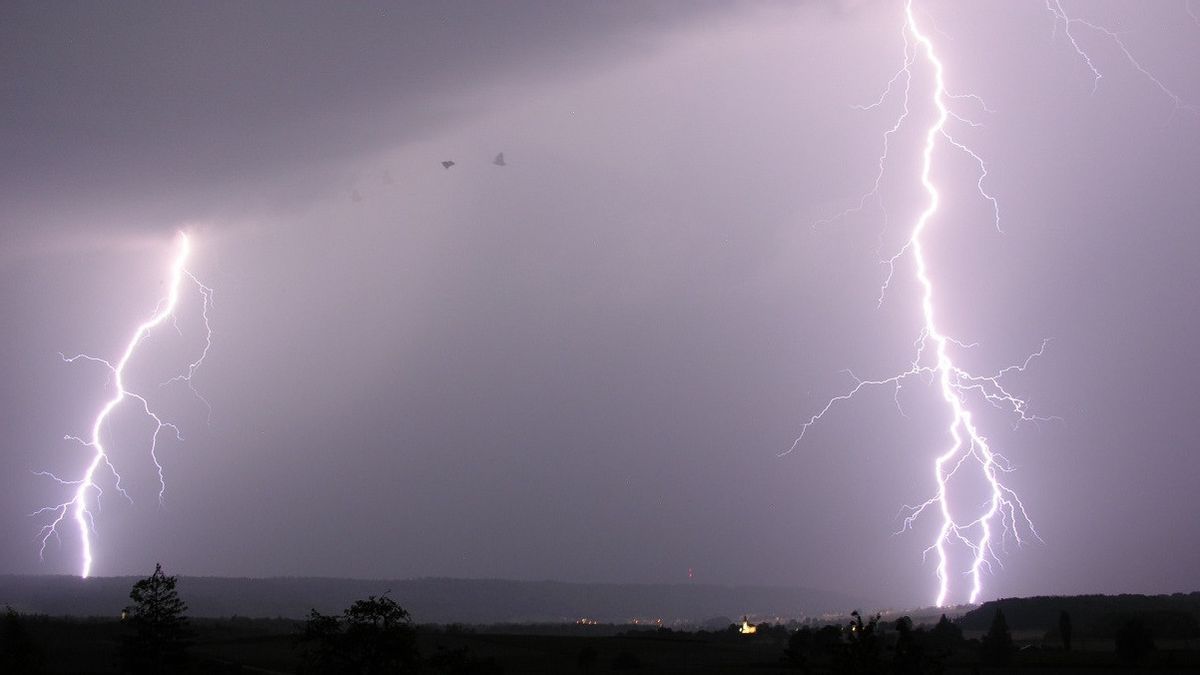JAKARTA - At least 12 people were killed and more than 14 people injured in a lightning strike caused by a storm in India's Odisha State.
The three-hour storm in the afternoon last weekend caused 61,000 lightning strikes, the Odisha State Disaster Management Authority said.
Meanwhile, 3,200 lightning strikes were recorded on Sunday, without reports of casualties.
The government has offered compensation of 400,000 Indian rupees to the families of the dead, the Special Aid Organization (SRC), which handles disaster management in Odisha said.
Assistance is also available to those who lost their livestock due to the storm, the SRC said.
Previously, the state had been hit by heavy rain and lightning over the past few days.
Separately, India's Department of Meteorology, federal weather agency, estimates the formation of a low-pressure area in North Bengal Bay over the next 24 hours and warns of heavy rains as of Thursday.
"The lightning and lightning storm is also expected to occur in parts of North Odisha," said Uma aired Das, a senior IMD scientist in Bhubaneswar, as reported by The National News September 4.
"People are advised to take shelter during lightning and thunderstorms to stay safe. People must stay away from trees and water bodies," he exclaimed.
It is known that lightning strikes usually occur in this area between April and June during the rainy season, but rarely occur outside of that period.
About 2,500 people die each year across the country from thunder and lightning, said India's National Disaster Management Authority. Between 2020 and 2021, there were 18.5 million lightning strikes across India, according to a report from India's Lightning Resilient Campaign.
In Odisha itself, lightning is considered a "state-specific disaster". In 2021 and 2022, 281 people were killed by lightning in 30 districts, according to media reports.
اقرأ أيضا:
The state is known to have an agreement with a weather intelligence data company based in the United States, Earth Networks, to provide early warnings.
India also has the technology to predict thunder and thunder, but public awareness of the phenomenon is still lacking.
Meanwhile, India has experienced extreme weather in recent years due to climate change, including intense heat and cold, thunderstorms, and floods.
The English, Chinese, Japanese, Arabic, and French versions are automatically generated by the AI. So there may still be inaccuracies in translating, please always see Indonesian as our main language. (system supported by DigitalSiber.id)


















